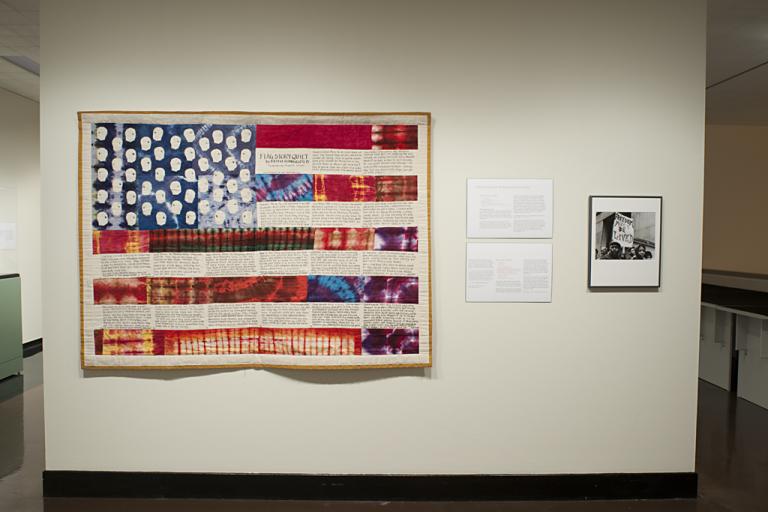Coney Island Beach, 4 p.m., July 21, 1940, Weegee
Artwork Overview
Weegee, artist
1899–1968
Coney Island Beach, 4 p.m., July 21, 1940,
1940
Where object was made: Coney Island, Brooklyn, New York, United States
Material/technique: gelatin silver print
Dimensions:
Image Dimensions Height/Width (Height x Width): 19 x 24.7 cm
Image Dimensions Height/Width (Height x Width): 7 1/2 x 9 3/4 in
Mat Dimensions (Height x Width): 19 x 14 in
Image Dimensions Height/Width (Height x Width): 19 x 24.7 cm
Image Dimensions Height/Width (Height x Width): 7 1/2 x 9 3/4 in
Mat Dimensions (Height x Width): 19 x 14 in
Credit line: Museum purchase: Peter T. Bohan Art Acquisition Fund
Accession number: 1985.0081
Not on display
If you wish to reproduce this image, please submit an image request







